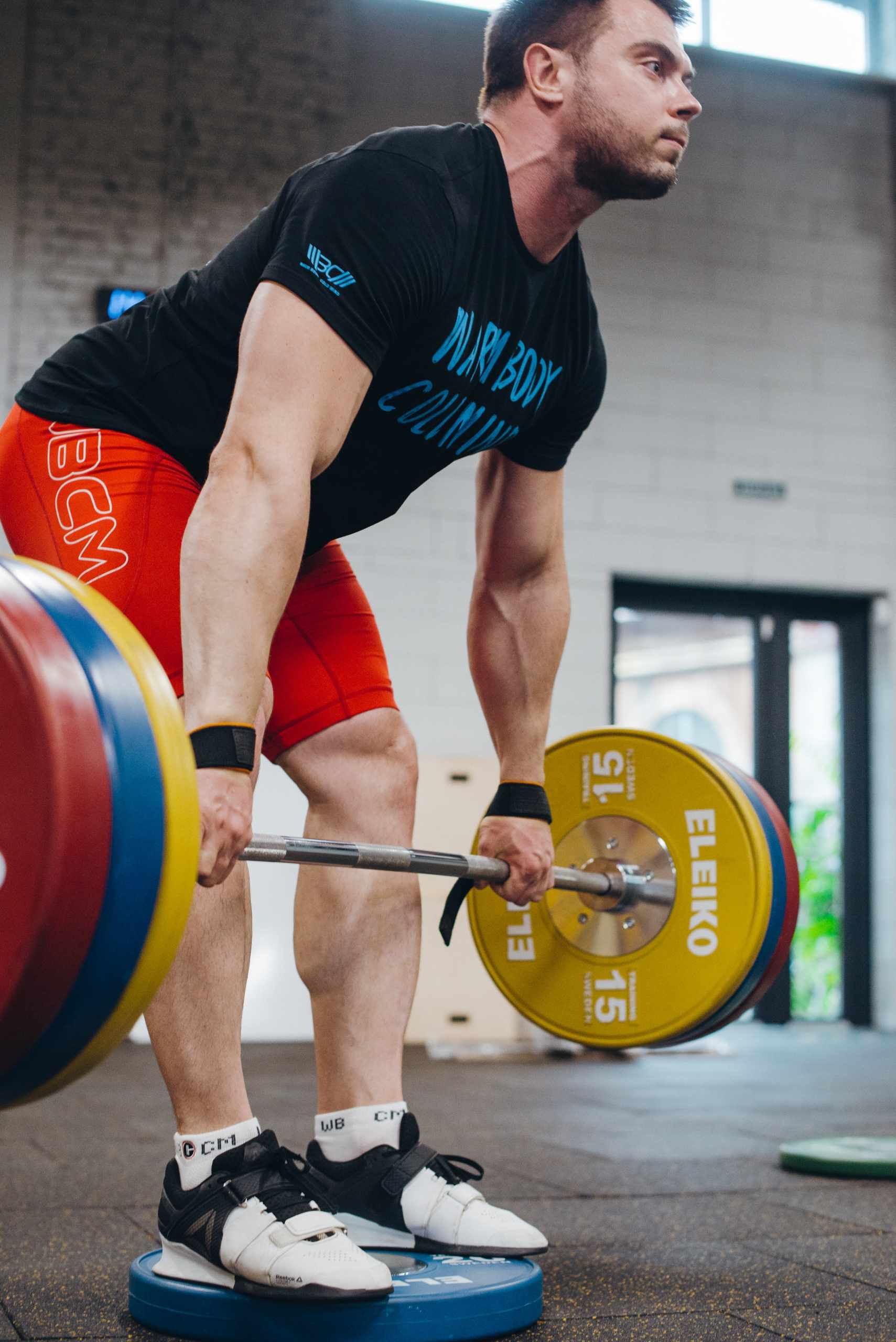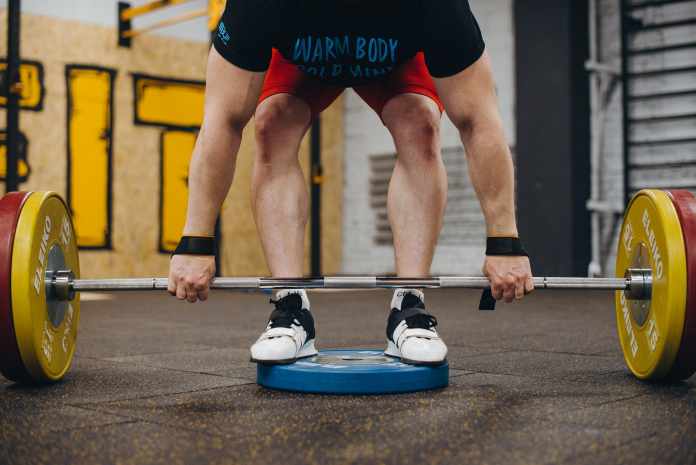The deadlift is a must-have exercise for beginners because it helps build strength in the body’s most important muscle group. It is an important exercise for experienced athletes as well – progress in performing most of the exercises depends on the strength of the back and leg muscles. But for safe training and hitting new PRs, it is important to perform the movement correctly in each phase. Movement always matters. Here are details of Deadlift- the fundamental basis for muscle progression.
Deadlift working muscles:
- latissimus dorsi;
- back extensors;
- glutes;
- biceps femoris;
- quads.
Depending on the deadlift variations, when performed, you’ll feel different muscles working with each move. In each type of exercise, the finger flexors, biceps, deltoid muscles, trapeziums are additionally included in developing your strength.
Deadlift variations
The best deadlift depends on the set-up, performance technique which vary between the following variations of exercise:
- Classic style or weightlifting deadlift. It is performed stand with your feet shoulder-width apart. The back, glutes, hamstrings are engaged here. Suitable for beginners and experienced athletes.
- Sumo or powerlifting deadlift. A wide stand, when the toes are spread apart and almost touch the discs. During the movement, the main focus is on the leg muscles. Suitable for experienced athletes and beginners, especially those with a weak back.
- Romanian deadlift. Stand with your feet shoulder-width apart and toes forwards. If it is difficult to keep your knees straight, you can bend a little, but not go into the squat position. In this style, the hamstrings and the upper part of the gluteus muscle are actively working. Recommended for experienced athletes with well-developed technique and developed back muscles.

Deadlifts can be performed with different equipment:
- Barbells. The diameter, weight of the bar, knurling differ depending on the sport and the standard: European, American.
- Trap bars. The trap bar deadlift is a deadlift variation that is done using a specialized bar. It is a unique barbell because of the way it is shaped. The middle has six sides (like a hexagon) that you stand inside of and grab the handles on both sides to pick it up. Due to the parallel grip during the exercise, it is easier to control and keep the back straight. This option helps beginners practice the correct technique.
- Dumbbells. Allows you to perform all deadlift variations with different grip types and weight less than a bar. Involves more stabilizing muscles than when performing with a barbell.
Sometimes, when deadlift, rubber bands or chains are additionally used. They gradually increase the load during the upward movement, forcing the muscles to tense as much as possible in the final phase.
With a poor grip, a small palm, short fingers, straps and wrist straps are used. These accessories will help you to hit the weight in training but are prohibited in certain sports in competitions.
What are the features of working with each tool and how to increase muscle strength using deadlifts, I explain in the DeadLift Cycle, designed for 12 weeks of training.
Technique mistakes.
There are some common mistakes in deadlifts that, at best, do not load the muscles as planned. At worst, the athlete is seriously injured. The most dangerous mistakes include:
- Too narrow stance, excessive toes out. This position reduces stability and the bar traction increases.
- Forward weight shift. In this position, the bar is more difficult to lift off the floor, it rises at a distance from the body, the load on the back muscles increases. The bar will also drift away from your shins.
- Don’t move your knees out. When an athlete lifts the barbell in this position, there is an extra load on the knee joint and lower back, which threatens injuries in these parts. The knees should be directed strictly along the line of the toes.
- Unsymmetrical bar grip. Because of it, the bar is imbalanced, the muscles receive an uneven load, the body is unstable.
- Rounded-back deadlifts. In this position, the back muscles are relaxed, the load on the lower back increases, so the lower back tissues can be injured due to excessive loads.
- Hips too high. As a result the weight goes far forward, dramatically increasing the load on the lower back.
So you see, there’s no need to fear the deadlift! You will figure out your “problem area(s)” with the lift by using this mistakes checklist. How to avoid them and how to control yourself during training, you can find in a 12-week deadlift course.



















